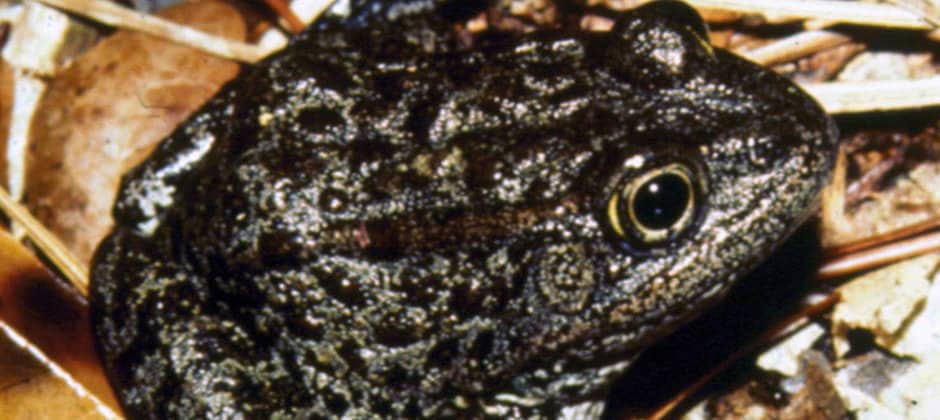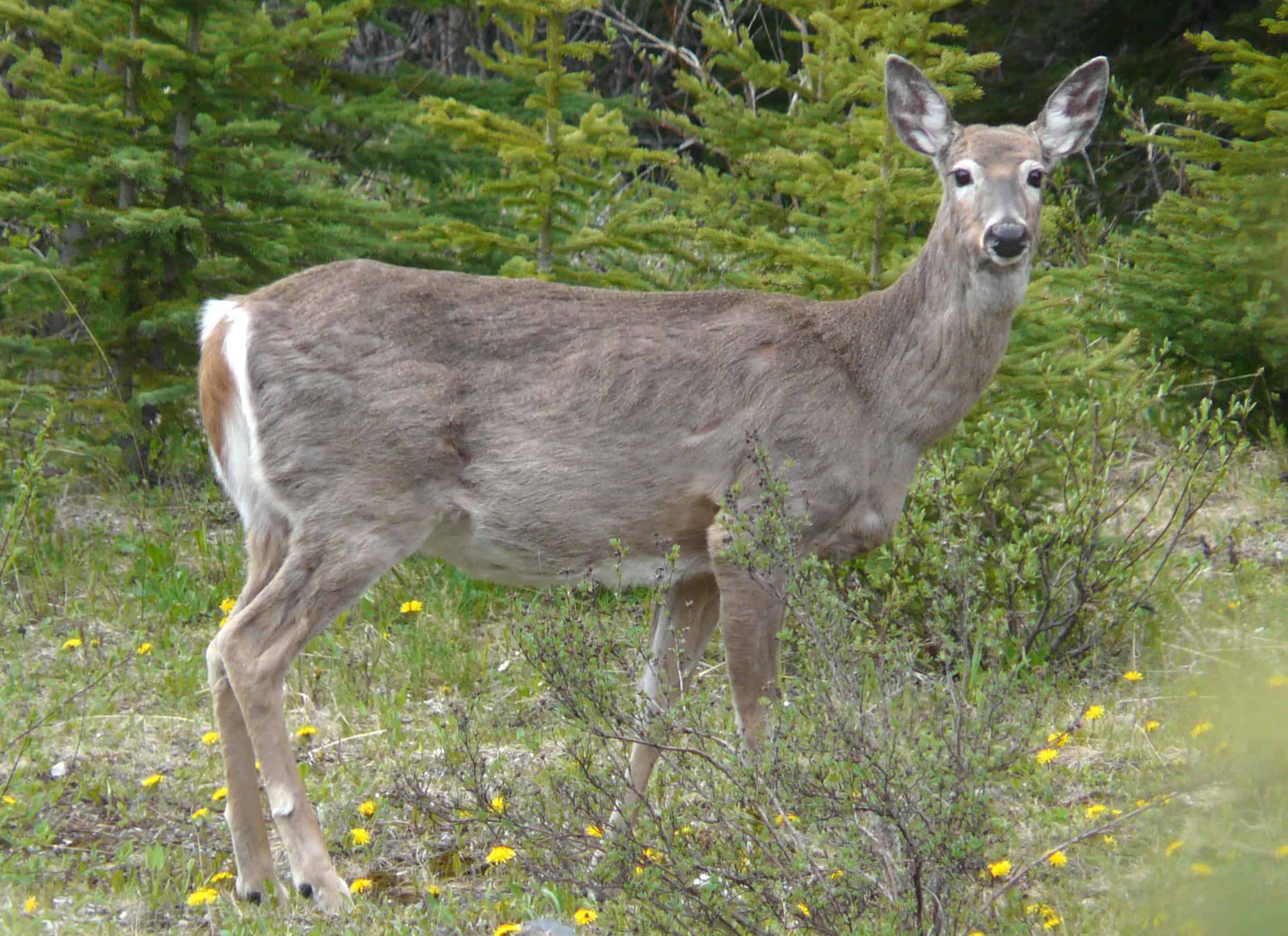Share this article
U.S. Fish and Wildlife Service to review dusky gopher frog status
The U.S. Fish and Wildlife Service announced last week that it will initiate a five-year status review of the dusky gopher frog (Lithobates sevosus), the species at the center of a legal debate about the definition of habitat under the Endangered Species Act.
The endangered dusky gopher frog is currently only found in Mississippi, although it once also ranged throughout coastal Alabama and Louisiana. By 2001, the population of dusky gopher frogs had dwindled to about 100 individuals, prompting listing by the U.S. Fish and Wildlife Service.
In 2012, the Service designated critical habitat for the frog across a mix of federal, state and privately managed lands. About half of the critical habitat was on the De Soto National Forest in Mississippi, where researchers and volunteers discovered a small population of six frogs in 2013.
Private landowners, who owned some of the land designated as critical habitat in Louisiana, sued the U.S. Fish and Wildlife Service in 2013, arguing that their land should not have been designated as “critical habitat” since it did not support any gopher frogs at the time and did not currently provide the conditions necessary to support the species. In other words, the private land did not meet the definition of the frog’s habitat, and would not unless efforts were made to specifically modify the conditions on the land.
The federal district court upheld the Service’s designation as did the appeals court. The U.S. Supreme Court heard the case in 2018, issuing a ruling that declined to decide the issue of defining habitat, and instead, sent the case back to the lower court so it could consider the definition of “habitat” under the ESA. Before that reconsideration could occur, however, the parties reached a settlement agreement, resolving the dispute and ending the litigation.
The Service has indicated recently its intention to provide updated guidance on the definition of habitat. Neither the ESA nor its implementing regulations include a definition for the term, which plays a key role in conservation of threatened and endangered species.
Along with the gopher frog, the Service will also review the status of 24 other species in the southeastern United States, including the Alabama red-bellied turtle (Pseudemys alabamensis), hawksbill sea turtle (Eretmochelys imbricate), five fish species and four clam species.
During a five-year review, the Service considers the scientific and commercial data that have become available since species was listed or last reviewed. It considers information pertaining to species’ biology — such as population trends and distribution — habitat conditions, conservation measures, current threats to the species and any other pertinent data. The public is invited to submit information for the agency to consider through May 26.
Read TWS’ Standing Position on Threatened and Endangered Species in the U.S.
Header Image:
The U.S. Fish and Wildlife Service will study the status of the dusky gopher frog, an endangered species.
©Glen Johnson/USFWS








